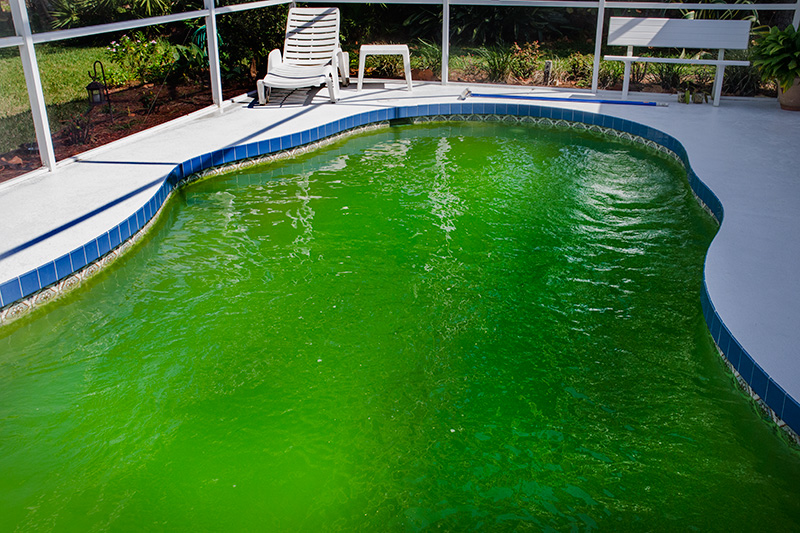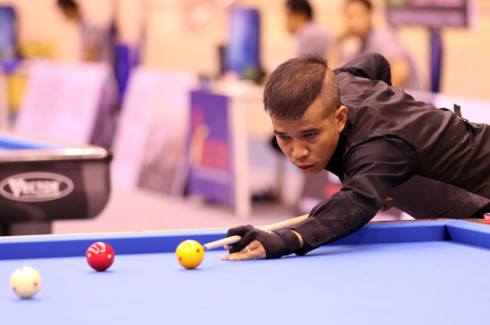
When choosing a tip for your cue stick, take into account the material. You can choose from soft, medium, and hard materials. It can also influence how the cue feels. Firm shots may feel better. It can also impact the squirt, and sideways tipflex. If the tip becomes soft, shaft flex and the endmass will be minimized.
Hard
Professional and higher-level players prefer a harder cue tip. It requires less maintenance and keeps its shape longer than a soft one. It absorbs the cue ball's energy better than a softtip.
Soft
A soft cue tip can prove to be very helpful when a player needs a more flexible cueball. These tips are generally made of leather, and are available in a variety hardness levels. These tips can be made from a variety of materials, including single-piece or laminated leather. Other common materials include phenolic and bakelite.

Medium
Kamui Cue Tip range is made of premium pigskin. It features a ten layer construction. This construction allows for maximum porosity as well as humidity resistance. They have excellent chalk retention which allows for improved tip-grip, and prevents miscuing. These tips are durable and can be bought in a pack containing ten.
Phenolic
Your break shot could be up to 17% more powerful if you have a phenolic tips on your pool cue. This material provides a more smooth contact surface and is responsive to pressure. These properties make phenolic Tips a great choice for players looking to improve their power.
Leather
The most common tip type is the leather cue. Leather tips, unlike synthetic ones that are made from plastic or cork offer superior control and durability. While leather tips are the best, synthetic ones can be used at home.
Splice
There are several options for how to splice your pool cue tip. Some prefer to hand splice tips. This method can be more time-consuming and expensive. A hand splice is a great way to get a high-quality cue.

Size
One rule of thumb is to make your cue tip the same diameter as the shaft. This will ensure that you hit the ball more evenly, and generate less vibration. Also, a smaller tip will produce less squirt as you hit the ball. This will allow you to feel better for your shots.
Materials
It is important that you consider the angle and spin of your ball when choosing materials to make a cue tip. A slightly rounded tip will allow the player to add spin to the ball. A rounded tip will be rounder in shape than a dime. A rounded tip can also be thicker than a penny.